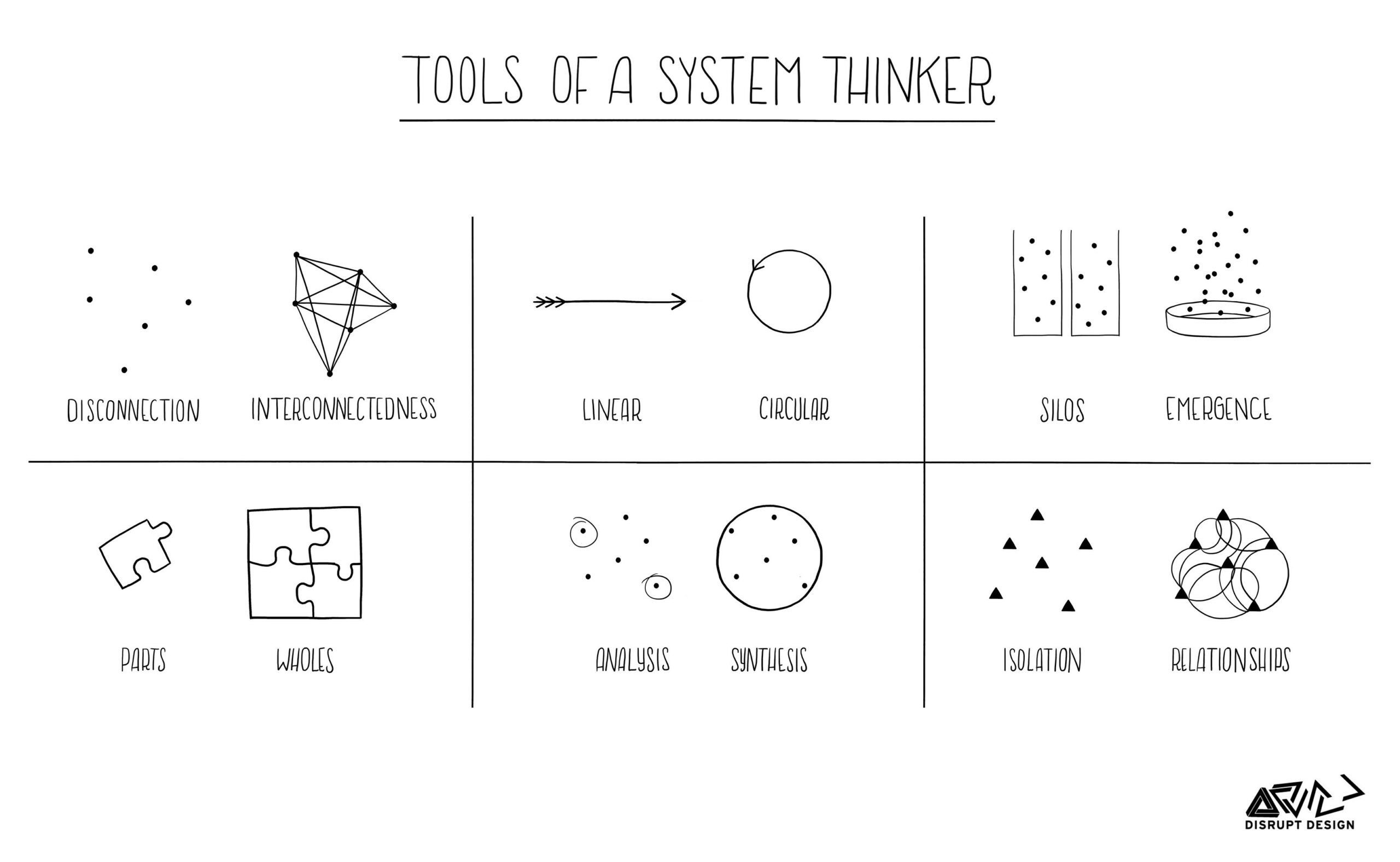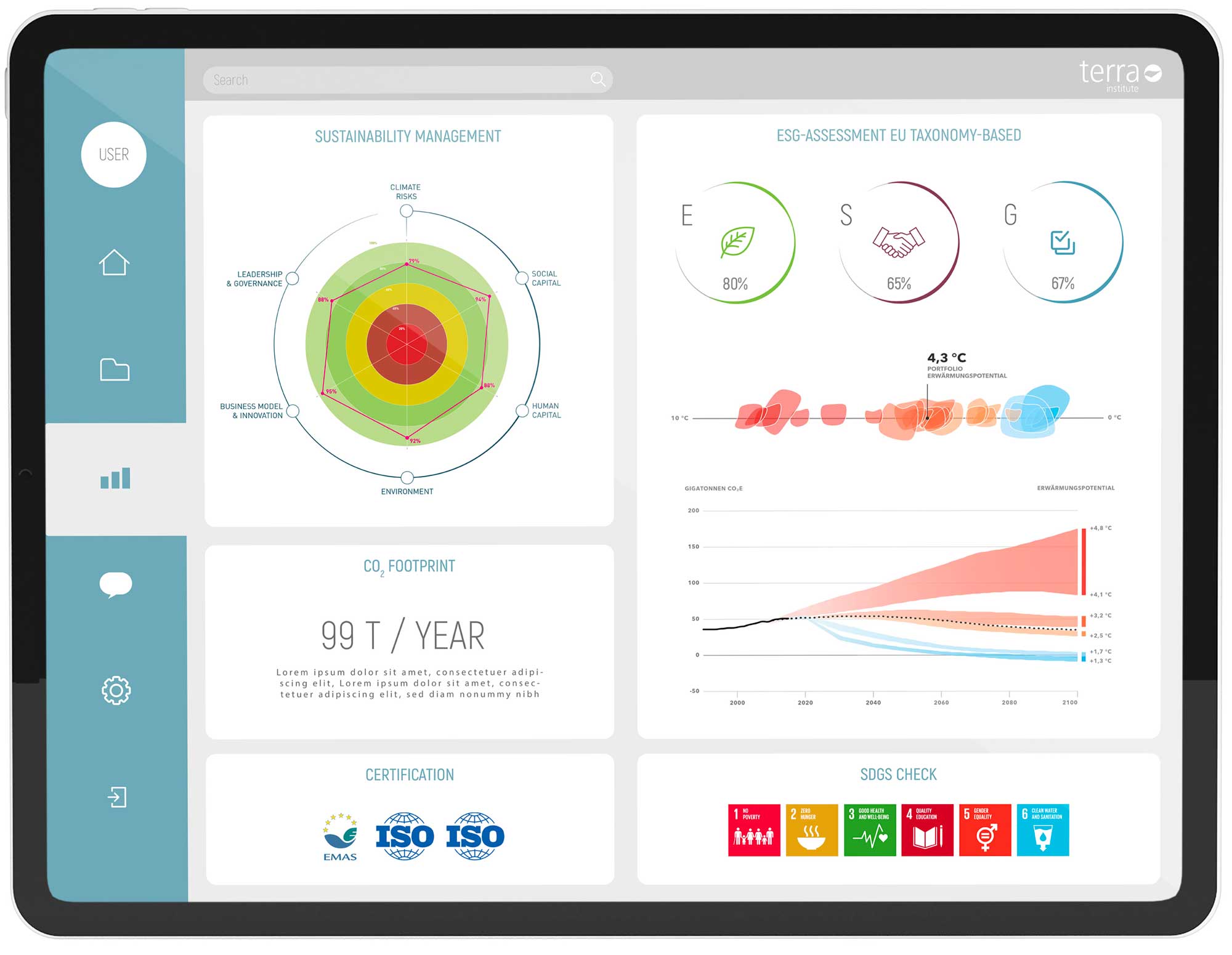THE CHINESE SUSTAINABILITY DISCLOSURE STANDARDS (CSDS) WERE INTRODUCED BY CHINA’S MINISTRY OF FINANCE IN 2024 TO STRENGTHEN THE INTEGRATION OF CHINESE COMPANIES INTO THE GLOBAL SUSTAINABILITY AGENDA AND PROVIDE INVESTORS WITH CONSISTENT ESG DATA. THE CSDS ARE MODELED ON INTERNATIONAL BENCHMARKS, PARTICULARLY THE ISSB (INTERNATIONAL SUSTAINABILITY STANDARDS BOARD) AND THE EU’S CORPORATE SUSTAINABILITY REPORTING DIRECTIVE (CSRD), AND ARE DESIGNED TO ENSURE COMPARABILITY WITH GLOBAL STANDARDS.
Overview of the Chinese Sustainability Disclosure Standards (CSDS)
Objectives and Scope
The CSDS aims to further integrate Chinese companies into the global sustainability agenda and provide investors with consistent ESG data. The standards are aligned with international benchmarks such as the ISSB standards and address:
- E – Environmental Impact: Focus on CO₂ reduction, water management, and climate and biodiversity protection.
- S – Social Equity: Promoting diversity, labor rights, and community initiatives.
- G – Governance: Compliance with local regulations, risk management, and transparency.
A key feature is the adoption of the double materiality principle, requiring companies to report both the financial impacts of sustainability issues and the societal/ecological impacts of their operations—a principle also central to the CSRD.
Structure and Requirements
The CSDS consist of three layers:
1. Basic Standards: Core requirements for governance, environment, and risk management, applicable across industries.
2. Thematic Standards: Topic-specific disclosures, such as climate risks, diversity, and resource efficiency.
3. Application Guidelines: Sector-specific recommendations.
New specific requirements have been added that require companies to publish a “Sustainable Development Report”. The report includes:
- Governance structures and strategies on sustainability issues.
- Identification and management of material ESG impacts.
- Reporting on key performance indicators and targets in areas such as climate change, the circular economy, anti-corruption measures, and resource use.
Reports must be published within four months after the fiscal year-end and approved by company management.
China plans to make reporting mandatory for all sectors by 2030.
The Corporate Sustainability Reporting Directive (CSRD)
Objectives and Scope
The CSRD is a core element of the EU’s sustainability policy and applies to:
- Large companies and listed SMEs.
- Companies throughout the value chain.
It aims to increase transparency in financial markets and accelerate the transition to a sustainable economy.
Learn more about the EU targets for 2025 in this article: https://terra-institute.eu/en/new-eu-regulations-from-2025-get-ready/
WHY VSME IS INDISPENSABLE FOR COMPANIES
| Feature | CSDS (China) | CSRD (EU) |
| Core focus | Double materiality | Double materiality |
| Structure | Basic + thematic standards | Comprehensive ESG disclosure |
| Timeline | Full by 2030 | Phased 2024–2028 |
| Sector-specific guidance | Planned | Cross-sectoral |
| International alignment | ISSB- and CSRD-compatible | Harmonized with ISSB and local |
Similarities:
- Both standards promote transparency and accountability.
- Both are based on double materiality, covering financial, social, and environmental impacts.
Differences:
- CSDS: More regionally tailored and flexible, with additional topics such as rural development and technological innovation.
- CSRD: Strict EU-wide requirements, closely linked to the European Green Deal.
Implementation Timeline of the CSDS
| Milestone | Date | Details |
| Pilot Phase | 2024 | Introduction and voluntary reporting. |
| Climate-related Disclosure | By 2027 | Mandatory for climate-relevant sectors. |
| Full Implementation | By 2030 | Mandatory for all sectors. |
Strategy for Gradual Introduction
- Phase 1: Large companies and listed firms.
- Phase 2: Expansion to smaller companies with transitional periods.
Implications for European Companies
The introduction of the Chinese Sustainability Disclosure Standards (CSDS) also has potential implications for European companies, especially those operating in China or working with Chinese supply chains. The new requirements of the CSDS – such as the obligation to prepare a Sustainable Development Report – necessitate additional coordination.
Challenges:
- Parallel requirements: Companies must comply with both CSDS and CSRD.
- Costs: Increased effort for data collection and reporting.
Opportunities:
- Global harmonization: Uniform standards facilitate ESG management in supply chains.
- Transparency: Investors can make more informed decisions.
Sector-specific adjustments and detailed guidelines for key industries such as energy, technology, and manufacturing are advantageous, as they increase the relevance of reporting.
Conclusion: Consequences and Outlook
Both CSDS and CSRD represent significant progress toward global sustainability. European companies with Chinese operations or suppliers must:
- Adjust processes to comply with both standards.
- Develop proactive strategies to manage costs and administrative complexity.
China, with the CSDS, positions itself as a global leader in ESG reporting. The parallel introduction of such standards offers European companies the chance to unify their sustainability strategies and strengthen their global market position.
China is positioning itself as a global leader in ESG reporting with the CSDS. The parallel introduction of such standards offers European companies the opportunity to harmonize their sustainability strategies and position themselves more effectively in global markets.
Recommendation: Companies should adapt their ESG strategies and reporting processes at an early stage to secure competitive advantages and minimize regulatory risks.










